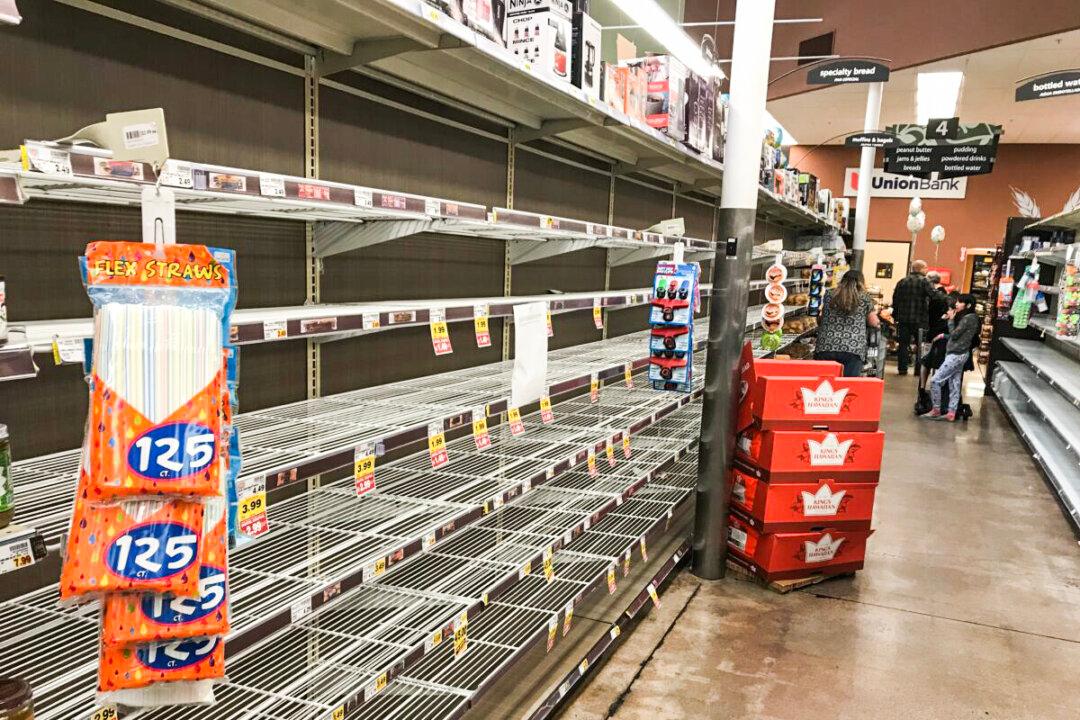Continuing disruptions in America’s supply chains have prompted businesses to review and modify their inventory management systems.
Just-in-time (JIT) inventory management, which calls for inventory to be delivered just as it’s needed, has long been the standard. However, just-in-case (JIC), a system that focuses on keeping extra inventory on hand, has recently gained attention.





